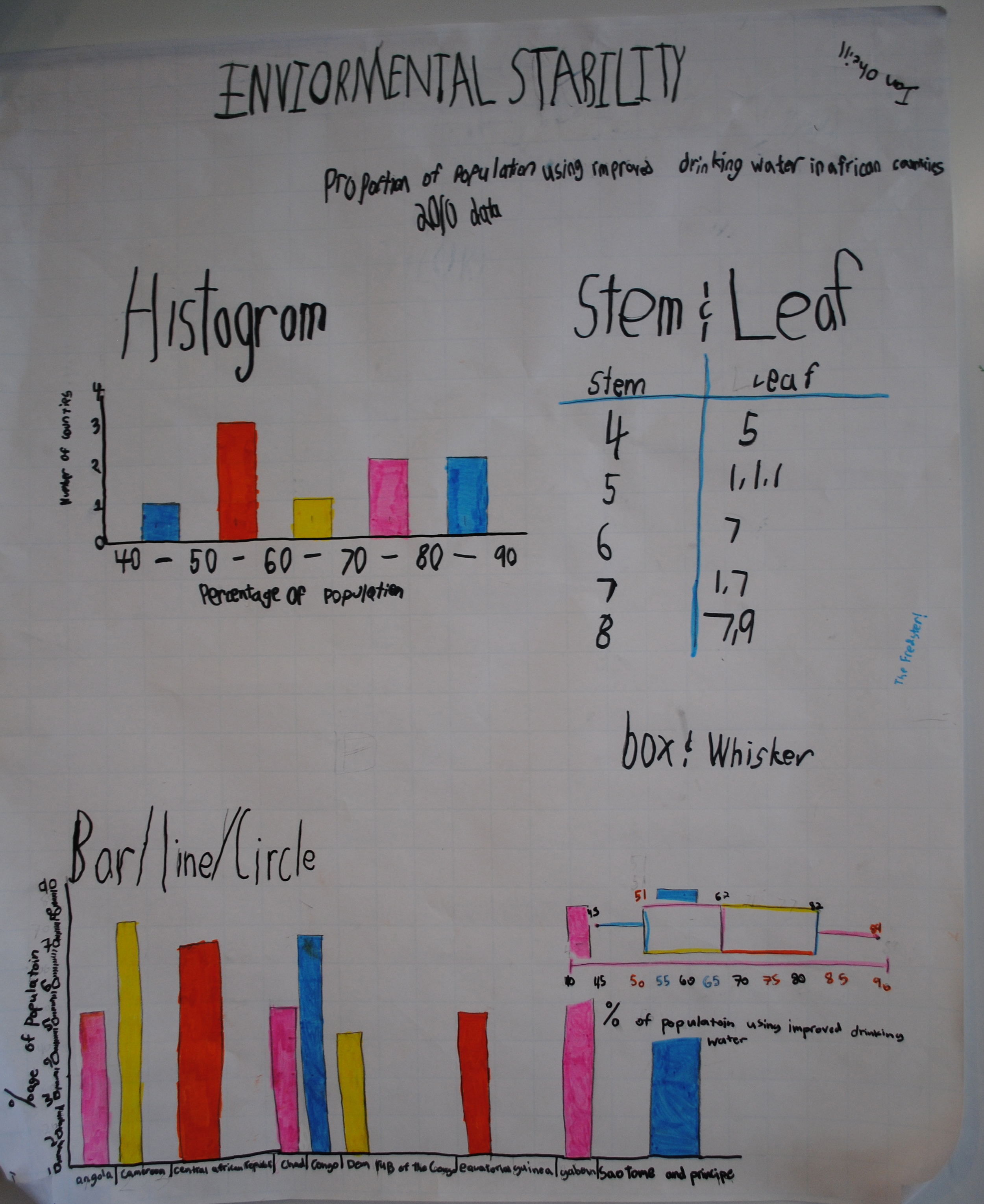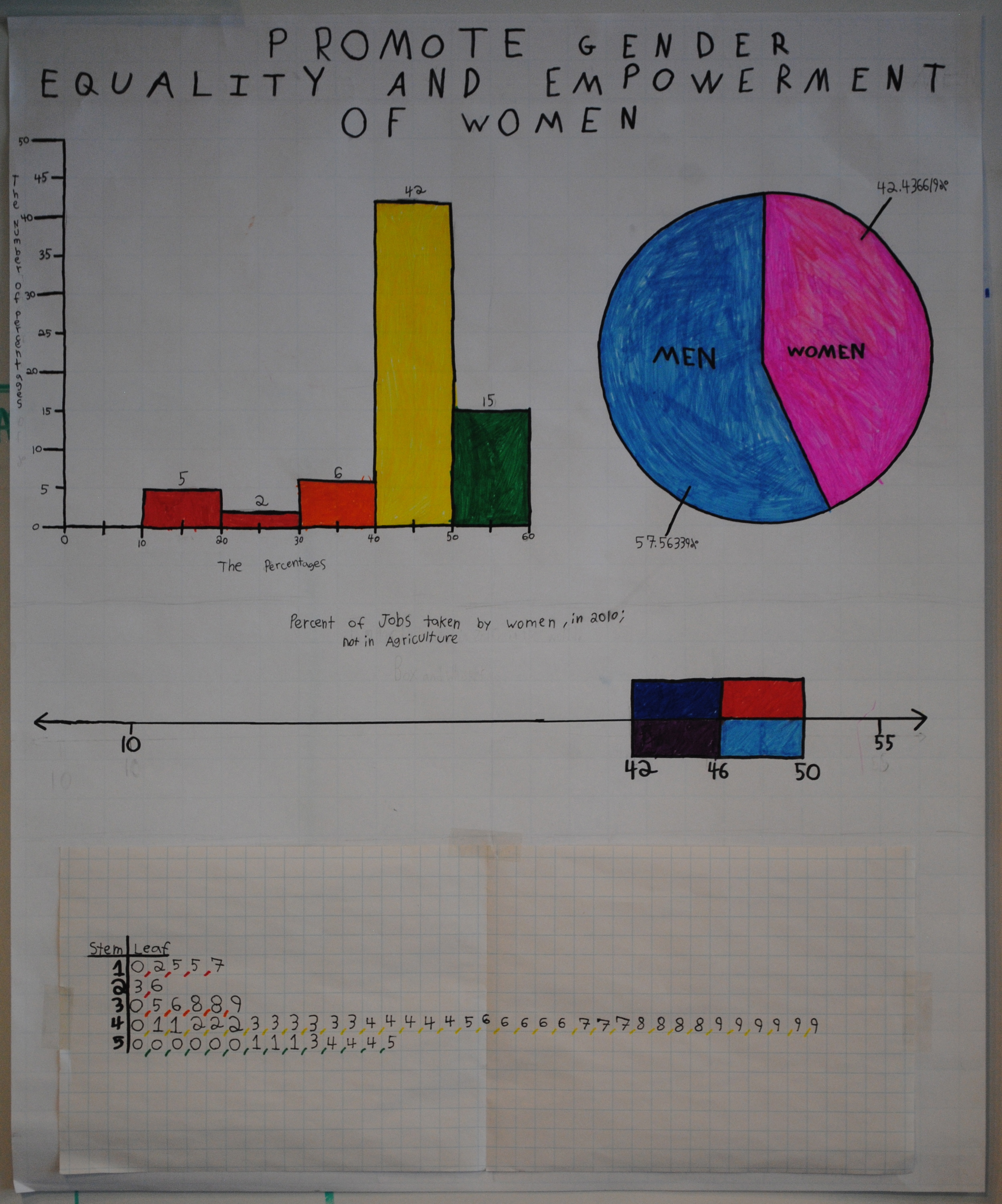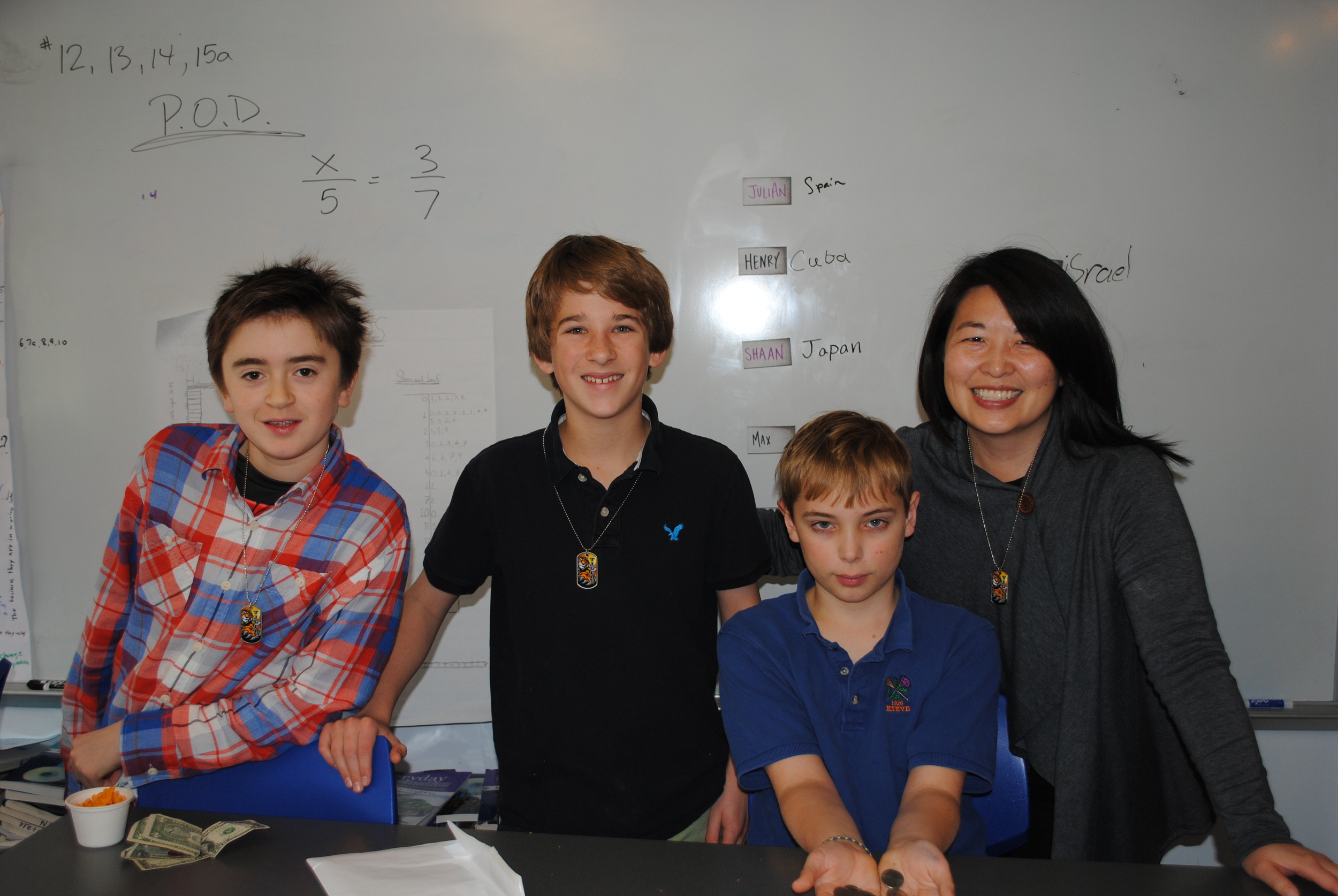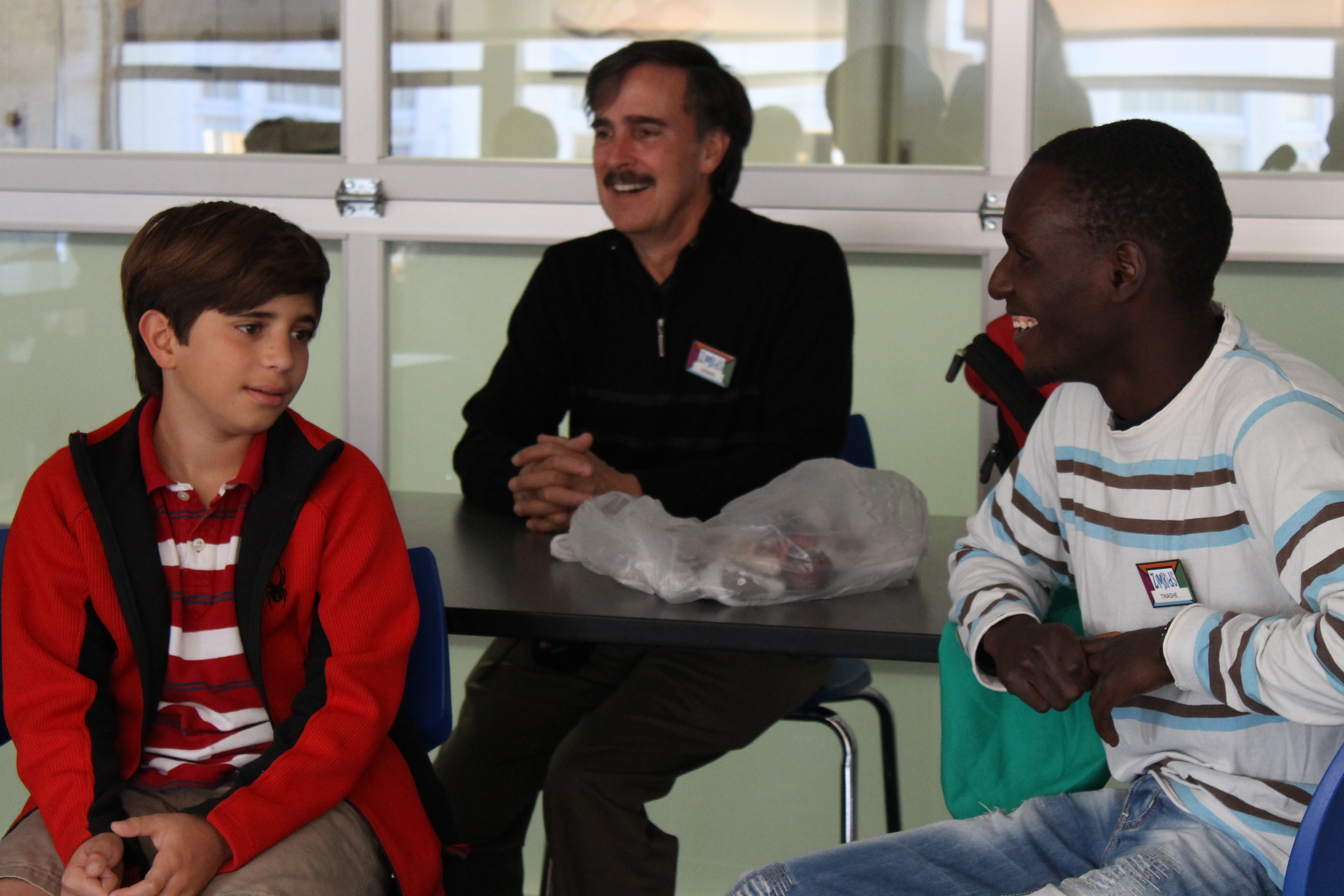Another year of lending at Town School. School total to equate to $7773 by the end of the week. Happy Lending!
Boys reconsider goals for products and for lending while working through a chalk talk. Everyone has voice as they write their responses and respond.
Not a bad total for a school that only began lending less than 3 years ago. Here's to another year of making a difference!
The sixth grade boys of 2013-2014 at Town School for boys embraced micro lending like those before them. Excited and nervous all the same. They put their heads into running businesses that would further promote global education, lead them to an understanding of global citizenship and allow for them to think way beyond the doors of 2750 Jackson Street. This experience of course had it's ups and downs. With half the campus in another location, the boys at times struggled to keep momentum going with just upper school clientele. But they powered through, collaborating, problem solving, empathizing, and mostly enjoying themselves along the way. And while it wasn't perfect, is running a business ever going to be?
From stress balls, to fat dots, to silly puddy, custom t-shirts, erasers and more... the boys held weekly sales and convinced peers to embrace the movement!
I am proud of these boys. I am proud of what they have accomplished. I am proud of the money they earned for entrepreneurs around the world. And mostly I am proud to know that each one of them has accomplished and contributed to something greater than themselves. Perhaps it's true that one sixth grade class in San Francisco, California cannot possibly solve the issue of global poverty... but then again we can try.
Sharing our mission with other classrooms around the world. Check out the youtube video from our friends:)
Please take the time to learn from these boys as they reflect on their experiences in a variety of ways. Here's to another year of "kiva'ing" as we call it in the garage. $899 dollars strong for these young men!
Here are the media components to our celebration. Well done boys. As a community we will have a total of $7773 in loans to kiva once I get each of you to make those loans!
Town Toys Inc.
How have we successfully or unsuccessfully simulated microfinancing?
Thingamajigs for Less
How has our experience with microlending changed our outlook
Kustom Clothes for Kiva
What is the hardest part of being in a business?
Novelty Toys
Who’s lives have we changed through Kiva.org and how?
GTS Aerial Products
How can we encourage other students to be good global citizens?
Tiger Swag
What did we learn about being both a borrower and lender using microfinance?
Timeline











































